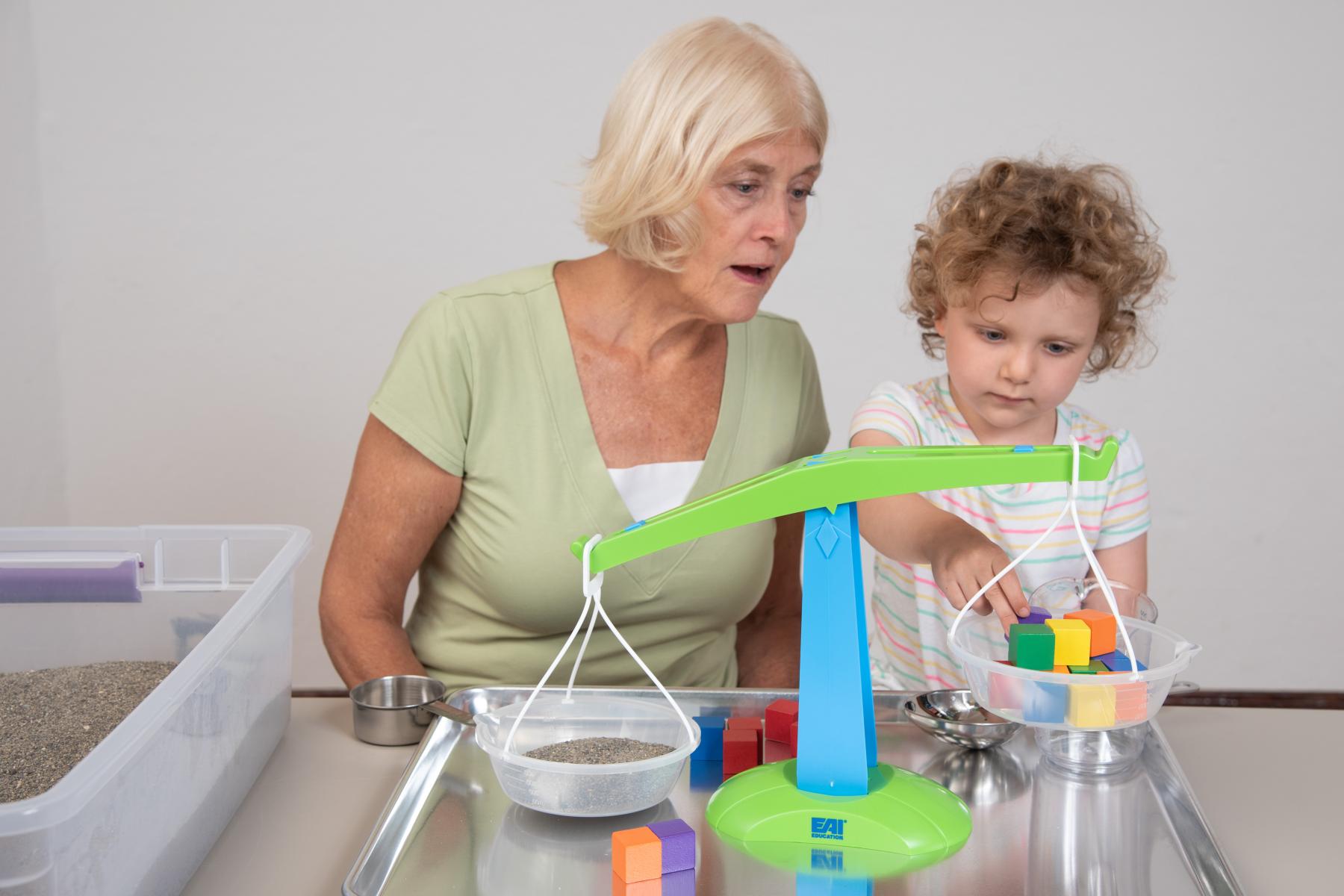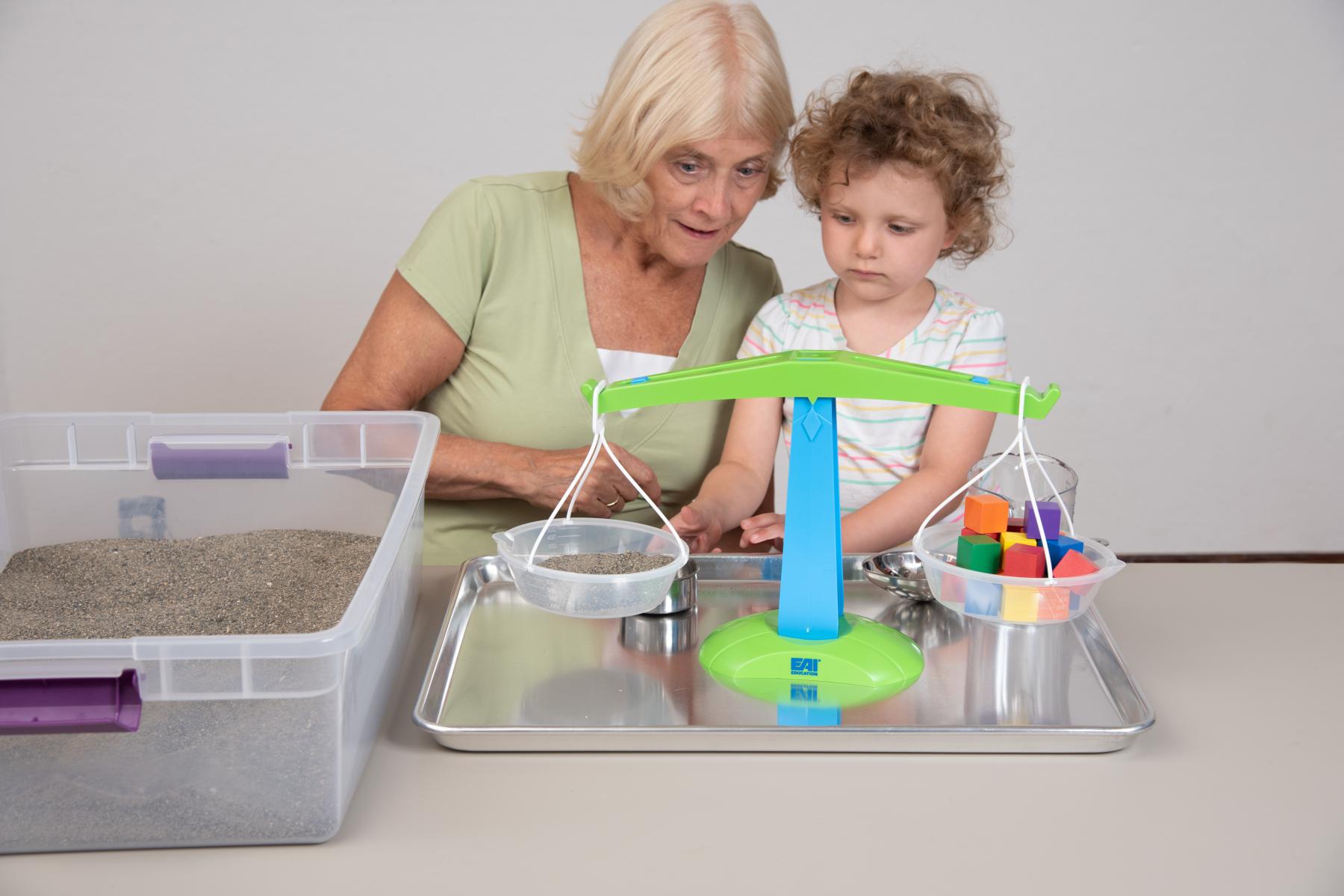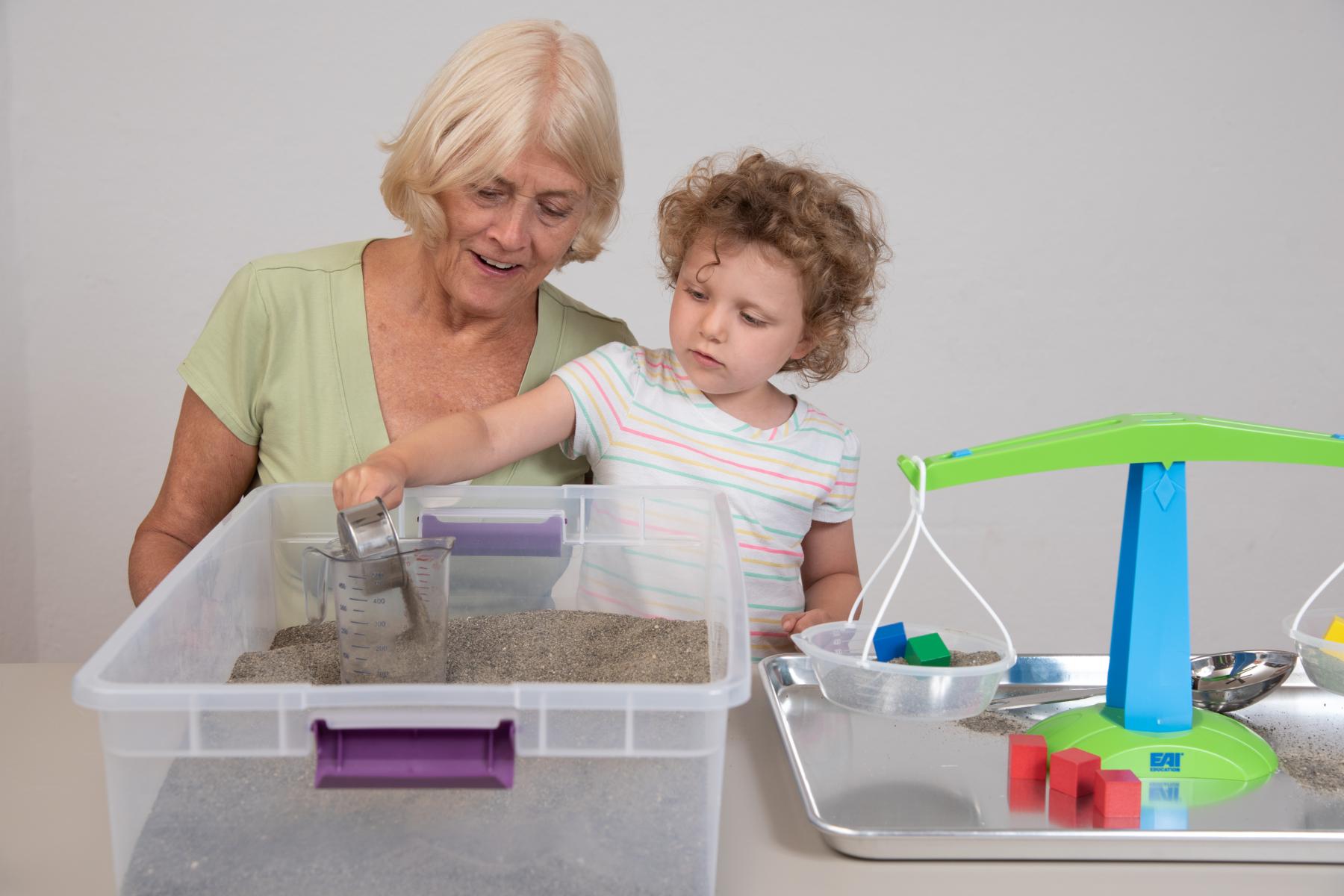DESCRIPTION
"Exploring Science Practices: Measure Up" is a creative, open-ended collaborative storytelling activity. The goal of this activity is to encourage parents and caregivers to work with thier child/ children to investigate the tools and materials in the sandbox. Measuring, using tools, and counting are important science process skills. Very young children can use measuring tools to investigate foundational scientific concepts like distance, mass, and volume. Play, learn, and discover together!
DESCRIPTION
"Exploring Science Practices: Measure Up" is a creative, open-ended collaborative storytelling activity. The goal of this activity is to encourage parents and caregivers to work with thier child/ children to investigate the tools and materials in the sandbox. Measuring, using tools, and counting are important science process skills. Very young children can use measuring tools to investigate foundational scientific concepts like distance, mass, and volume. Play, learn, and discover together!
TRAINING VIDEOS
OBJECTIVES
BIG IDEA
Measuring, using tools, and counting are important skills for doing science.
LEARNING GOALS
This activity is designed to engage early learners (ages 0-4) and their caregivers in the development of science process skills. Through doing this activity with their young child, caregivers will explore 3 main ideas:
- Measuring, using tools, and counting are important skills for doing science;
- Very young children can use measuring tools to investigate foundational science concepts like distance, mass, and volume;
- Scientists develop and use measuring tools to gather information about the physical world, including faraway objects in space.
Throughout this exploration, the facilitator should model strategies for fostering, guiding, and building on basic science practices. The activity has the following goals:
- To help adults understand that doing science looks different at different developmental stages;
- To model facilitation strategies that encourage the use of science process skills by early learners;
- And to thereby increase caregivers’ ability and confidence to engage the very young children in their lives in science activities.
Credits
Sciecenter, Ithaca, NY
This activity was adapted from the Measuring series of activities, developed by the Collaborative for Early Science Learning. Retrieved from: www.sciencenter.org/resources-for-educators
This material is based upon work supported by NASA under cooperative agreement award number NNX16AC67A and 80NSSC18M0061. Any opinions, findings, and conclusions or recommendations expressed in this material are those of the author(s) and do not necessarily reflect the view of the National Aeronautics and Space Administration (NASA).
Creative Commons Attribution Non-Commercial Share Alike 3.0 United States (CC BY-NC-SA 3.0 US).
View more details

NISE Network products are developed through an iterative collaborative process that includes scientific review, peer review, and visitor evaluation in accordance with an inclusive audiences approach. Products are designed to be easily edited and adapted for different audiences under a Creative Commons Attribution Non-Commercial Share Alike license. To learn more, visit our Development Process page.



